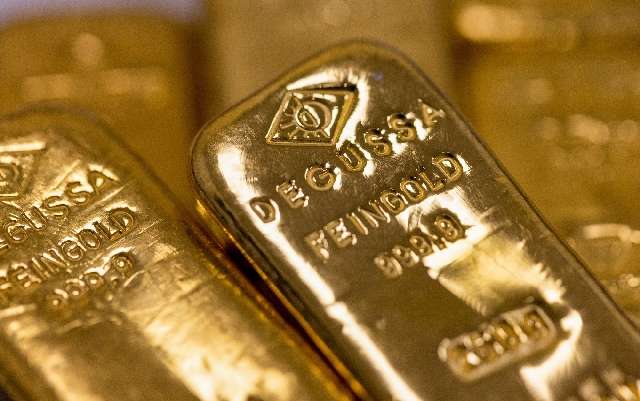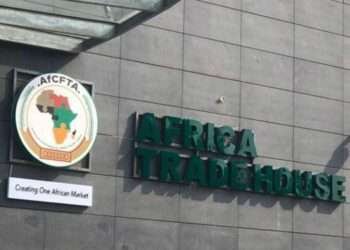Gold prices have been resilient, holding steady near their all-time high as investors keenly await signals from the U.S. Federal Reserve regarding future interest rate cuts.
The yellow metal has been a focal point for market participants, given its historic performance and the prevailing economic conditions that have made it a safe haven for investors.
On Tuesday, spot gold was stable at $2,503.05 per ounce, marginally below the record high of $2,509.65 reached just days earlier. U.S. gold futures also remained nearly unchanged, trading at $2,540.90 per ounce. This stability comes as traders and investors look forward to the Federal Reserve’s minutes and a crucial speech by Chair Jerome Powell, hoping to gauge the central bank’s direction for the remainder of the year.
Gold’s recent performance reflects a broader upward trend that has seen prices surge over 20% this year. According to IG market strategist Yeap Jun Rong, gold prices in the Asian session appeared to have caught a breather, with buyers attempting to defend the new record highs. “The broader upward trend for gold remains intact, which could see prices eye for a move towards the $2,665 level from a technical perspective,” he added.
This rally in gold prices has been driven by a combination of factors, including expectations of rate cuts by the Federal Reserve, robust central bank buying, and safe-haven demand amid ongoing geopolitical tensions, particularly in the Middle East. These elements have created a conducive environment for gold to shine, especially as the Fed is anticipated to cut interest rates by 25 basis points at each of the three remaining meetings of 2024.
The Federal Reserve’s Impact
Thec’s monetary policy decisions are pivotal in shaping the trajectory of gold prices. Non-yielding assets like gold tend to perform well in a low-interest-rate environment, as the opportunity cost of holding them decreases. The market is currently optimistic about the Fed’s potential rate cuts, with a slim majority of economists in a Reuters poll dismissing concerns about a looming recession.
Ole Hansen, head of commodity strategy at Saxo Bank, pointed out that the likelihood of a rate cut will depend on whether incoming economic data supports the recent softness observed in key economic measures. This places significant importance on the upcoming Federal Reserve minutes and Chair Powell’s speech at the Jackson Hole symposium. Traders will be closely monitoring these events for further indications of the central bank’s stance.
Another factor that has supported gold prices is the performance of the U.S. dollar. The dollar hovered near a seven-month low, providing a favorable backdrop for dollar-denominated gold. A weaker dollar makes gold more attractive to foreign investors, as it lowers the cost of purchasing the metal in other currencies.
Additionally, the demand for gold has been reflected in the holdings of SPDR Gold Trust, the world’s largest gold-backed exchange-traded fund. On Monday, the fund’s holdings jumped to their highest level in seven months, reaching 859 tonnes. This surge in demand underscores the metal’s appeal as a safe-haven asset in times of economic uncertainty.
While gold has been the star performer, other precious metals have shown mixed results. Spot silver fell by 0.4%, trading at $29.36 per ounce. Platinum, on the other hand, gained 0.4% to reach $957.08 per ounce, while palladium shed 0.7%, falling to $925.47 per ounce. These metals, though not as closely watched as gold, also reflect the broader market sentiment influenced by global economic conditions and central bank policies.
As investors keep a close watch on the U.S. Federal Reserve for cues on future interest rate cuts, gold continues to hold steady near its record high. The metal’s strong performance this year has been driven by expectations of a more accommodative monetary policy, increased central bank buying, and its traditional role as a safe haven during geopolitical tensions.
READ ALSO: MTN Ghana Drops 1.32% as GSE Composite Index Slips























